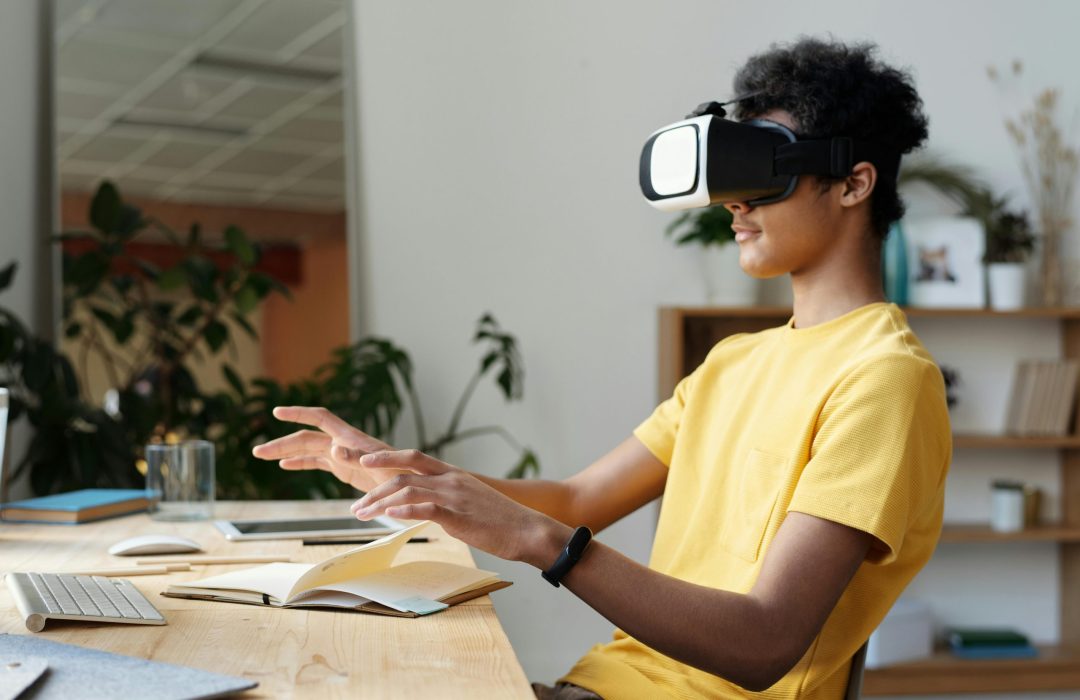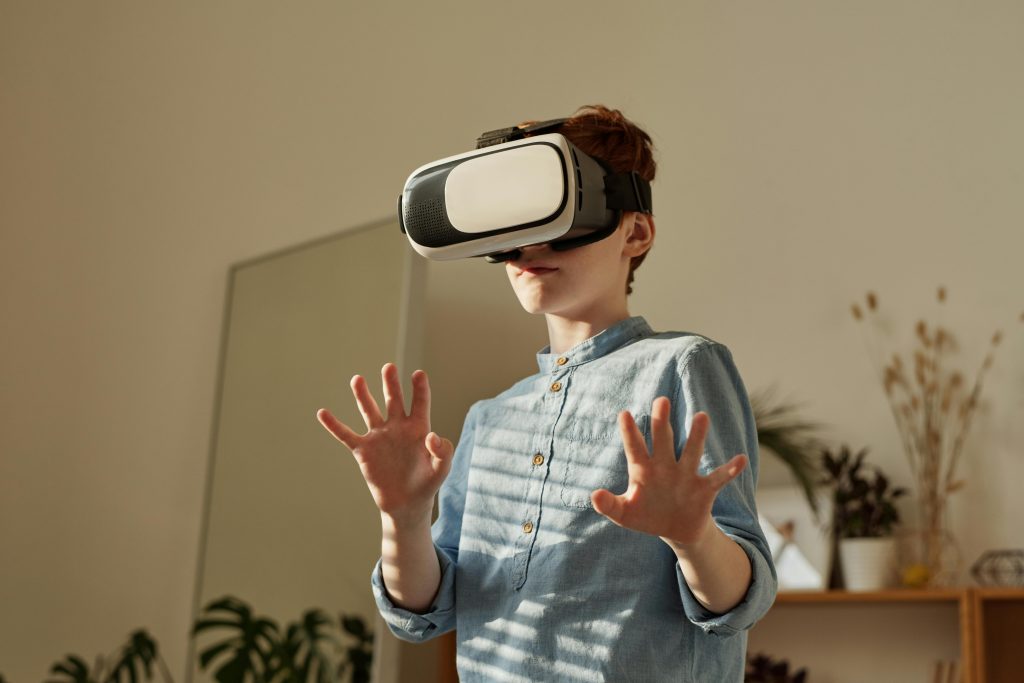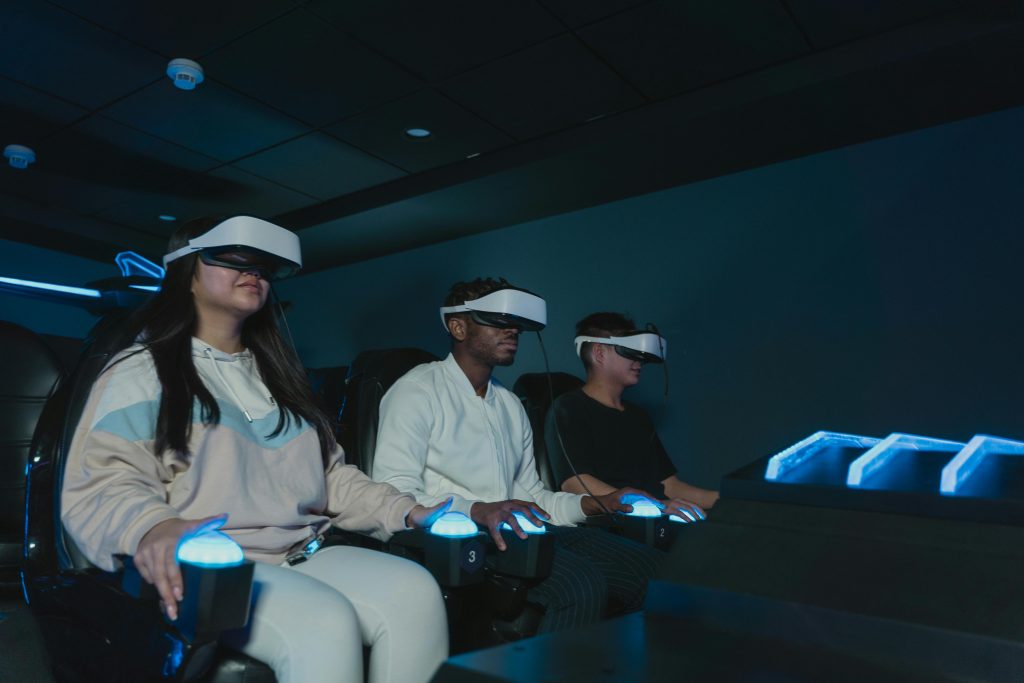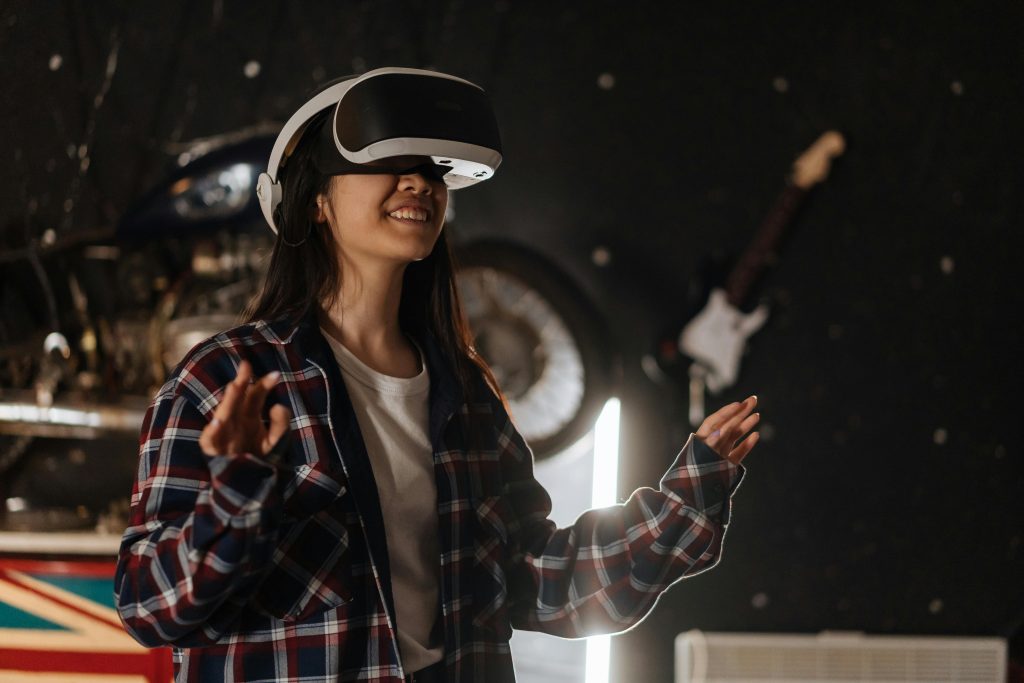
09 Apr Curating Art for Virtual Exhibition Tours
The art world has undergone a notable transformation with the increasing prevalence of virtual exhibitions. This shift, driven by technological progress, presents both challenges and opportunities for curators and art enthusiasts alike. Virtual exhibitions have emerged as a dynamic response to the changing landscape of art presentation, leveraging digital platforms and immersive technologies to transcend physical constraints and reach global audiences. The benefits of virtual exhibitions are diverse: they offer global accessibility by removing geographical barriers, engage audiences through interactive features and multimedia elements, and provide cost-efficiency compared to traditional brick-and-mortar exhibitions. However, curating for a virtual space comes with its own set of challenges and opportunities. The absence of physical presence demands a reassessment of curatorial strategies and artistic considerations to ensure a seamless and captivating experience for viewers. As technology continues to evolve, virtual exhibitions are poised to play an increasingly significant role in the art world, fostering creativity, accessibility, and innovation in the presentation of art.
Key Considerations for Curating Virtual Exhibitions

Photo by Julia M Cameron
Selecting Artwork
Visual Appeal
When considering visual appeal in digital artworks, it’s imperative to prioritize high-quality digital representations. Opting for pieces with high-resolution images or 3D scans can significantly enhance visual clarity and fidelity, ensuring that details are crisp and well-defined. Additionally, paying attention to composition and detail is crucial. Choosing works with clear composition and intricate details that translate effectively in a digital format can captivate viewers and maintain their engagement. Moreover, evaluating color and contrast is essential to preserving visual integrity across different screens and devices. Being mindful of how colors and contrasts appear on various platforms ensures that the artwork’s impact remains consistent regardless of the viewing medium. By emphasizing these aspects, digital artworks can achieve a compelling visual presence that resonates with audiences across different digital environments.
Engagement and Interactivity
In enhancing engagement and interactivity within digital artworks, several key features can be incorporated to enrich the viewer’s experience. Firstly, integrating 360-degree views allows viewers to explore artworks from multiple perspectives, providing a dynamic and immersive encounter. By enabling zoom functionality, users can delve into specific details, fostering a deeper connection and appreciation for the intricacies of the artwork. Additionally, overlays and information points can be strategically placed to offer supplementary context and information, enriching the viewer’s understanding and enhancing their overall engagement. These interactive elements not only invite viewers to actively participate but also contribute to a more immersive and educational experience, fostering a deeper appreciation for digital art.

Photo by Julia M Cameron
Narrative and Cohesion
Narrative and cohesion are pivotal elements in curating digital art collections. A clear theme or concept serves as the backbone, providing a cohesive narrative framework that guides the selection and arrangement of artworks. By establishing such a framework, meaningful connections and dialogues emerge among the pieces, enriching the viewer’s experience. Thematic connections play a crucial role in this process, as artworks can be grouped based on shared themes, styles, or historical movements. This grouping facilitates insightful comparisons and reflections, allowing viewers to explore the evolution of ideas and artistic expressions. Moreover, creating a logical flow within the collection is essential. Arranging artworks sequentially guides the viewer through a curated journey, enhancing comprehension and engagement. Each piece builds upon the previous one, contributing to a cohesive and immersive experience that resonates with the audience. Through these strategies, narrative, and cohesion converge to elevate the impact and significance of digital art collections, inviting viewers to embark on a compelling exploration of artistic expression and meaning.
Additional Considerations

Photo by Tima Miroshnichenko
Accessibility
Ensuring accessibility in the virtual platform involves adhering to established standards that cater to users with disabilities. This includes features like screen readers, alternative text for images, keyboard navigation options, and adjustable font sizes. By implementing these elements, users with disabilities can navigate the platform effectively and engage with its content without hindrance. Accessibility is not just about compliance but also about inclusivity, ensuring that everyone, regardless of their abilities, can participate fully in the virtual experience.
User Experience
Creating a positive user experience involves designing the virtual platform to be intuitive and user-friendly. This means streamlining navigation pathways so users can easily find what they’re looking for. Clear and concise labels guide users through the platform, reducing confusion and frustration. Intuitive design elements enhance engagement and encourage users to explore the content further. By prioritizing user experience, the virtual platform becomes more inviting and encourages prolonged interaction.
Accompanying Content
Supplementing artworks with contextual information enriches the viewer’s experience and deepens their understanding and appreciation of the pieces. Artist statements provide insight into the creative process and the inspiration behind the artworks. Curatorial notes offer historical and thematic context, shedding light on the significance of the pieces within a broader artistic or cultural context. Educational resources, such as articles, videos, or interactive features, further enhance learning and encourage critical thinking. By providing accompanying content, the virtual platform becomes a comprehensive resource that fosters a deeper connection between the viewer and the artworks.

Photo by Mikhail Nilov
Conclusion
The advent of virtual exhibitions marks a significant evolution in the art world, offering both challenges and opportunities for curators and art enthusiasts. Virtual exhibitions leverage digital platforms and immersive technologies to transcend physical boundaries, providing global accessibility, interactive engagement, and cost-efficiency. However, curating for a virtual space necessitates careful consideration of visual appeal, engagement, interactivity, narrative coherence, accessibility, user experience, and accompanying content.
By prioritizing high-quality digital representations, integrating interactive features, establishing thematic coherence, ensuring accessibility, optimizing user experience, and providing accompanying content, virtual exhibitions can offer audiences a rich and immersive experience that fosters deeper connections with artworks. As technology continues to advance, virtual exhibitions are poised to play an increasingly significant role in the art world, driving creativity, accessibility, and innovation in the presentation of art. Through thoughtful curation and strategic implementation of digital tools, virtual exhibitions have the potential to democratize art appreciation, transcending physical limitations and bringing diverse audiences closer to the world of art.
Key Takeaways
- Virtual exhibitions redefine art accessibility, offering global reach and cost-efficiency while engaging audiences through interactive features.
- High-quality digital representations are paramount for captivating viewers, emphasizing clear composition, intricate details, and mindful color choices.
- Incorporating interactive elements like 360-degree views and zoom functionality enriches the viewer’s experience, fostering deeper connections with digital art.
- A cohesive narrative framework guides the selection and arrangement of artworks, facilitating meaningful connections and insights for the audience.
- Prioritizing accessibility, user experience, and accompanying content ensures a seamless and engaging virtual exhibition experience for all users, fostering inclusivity and deeper connections with the artworks.
FAQs
What are the key challenges in curating virtual exhibitions compared to traditional ones?
Curating virtual exhibitions presents unique challenges such as ensuring high-quality digital representations of artwork, designing for optimal engagement and interactivity, and maintaining narrative cohesion in a digital space. Unlike traditional exhibitions, curators must navigate the digital realm’s nuances, including accessibility considerations and user experience design, to create a seamless and captivating virtual experience for viewers.
How can curators enhance engagement and interactivity in virtual art exhibitions?
Curators can enhance engagement and interactivity in virtual art exhibitions by incorporating features like 360-degree views, zoom functionality, and interactive overlays. These elements allow viewers to explore artworks from multiple perspectives, delve into specific details, and access supplementary context and information, fostering a deeper connection and appreciation for the artworks and enriching the overall viewing experience.
What measures should be taken to ensure accessibility and inclusivity in virtual exhibition platforms?
Ensuring accessibility and inclusivity in virtual exhibition platforms involves implementing features such as screen readers, alternative text for images, keyboard navigation options, and adjustable font sizes to cater to users with disabilities. By adhering to established standards and prioritizing inclusivity, virtual exhibition platforms become accessible to everyone, regardless of their abilities, enabling full participation in the digital art experience.
Looking into “The Role of Lighting in Art Exhibitions” and how it can change the way that artworks are presented, mood, and interpreted, emphasizing how important lighting is to producing engrossing and engaging gallery experiences.

